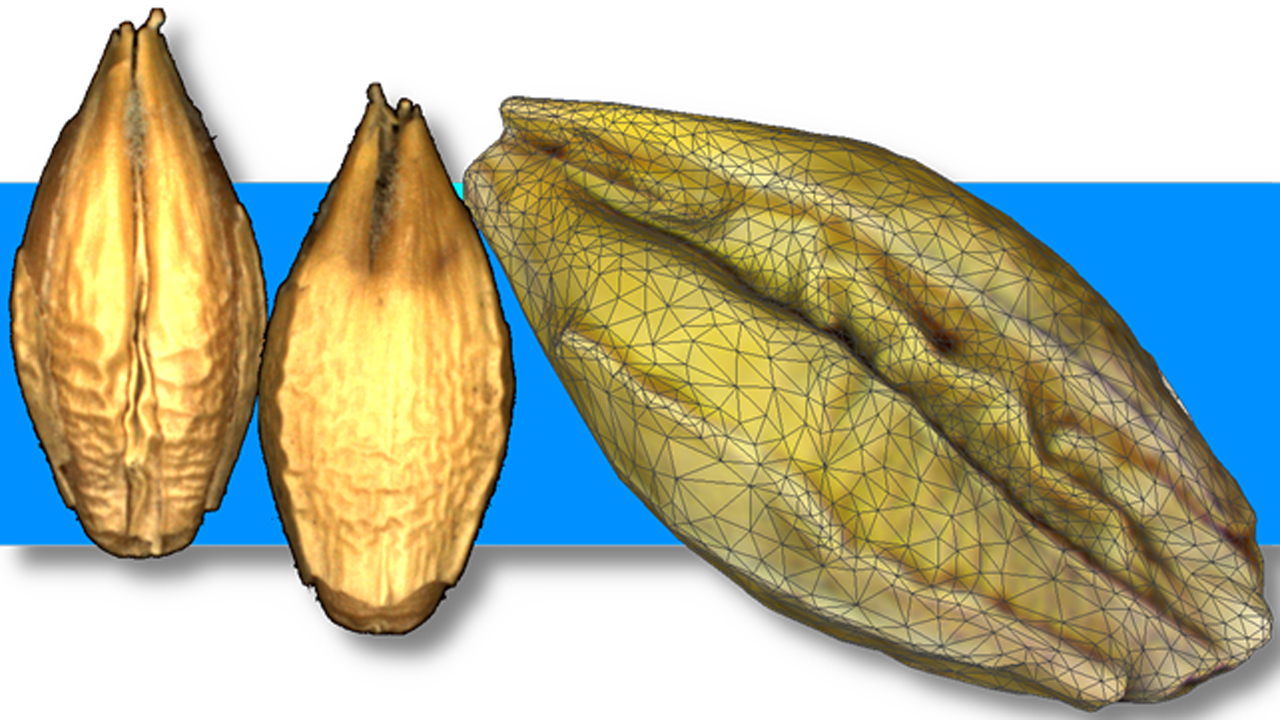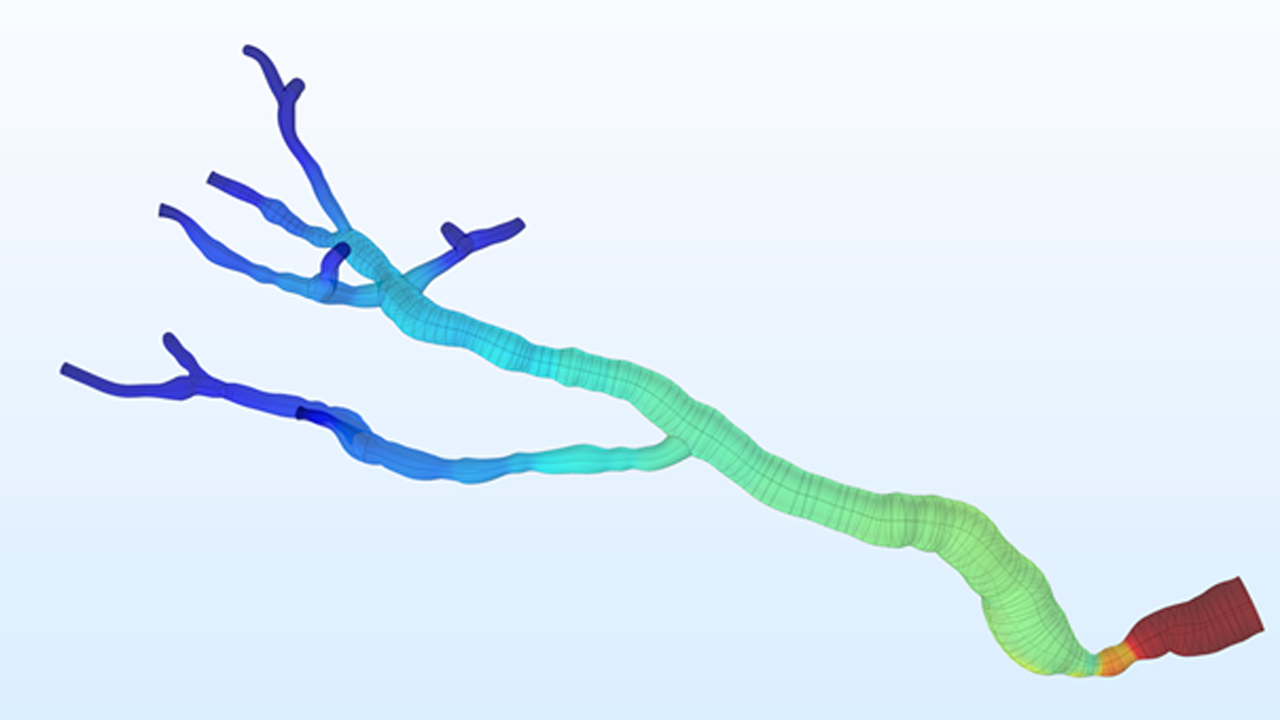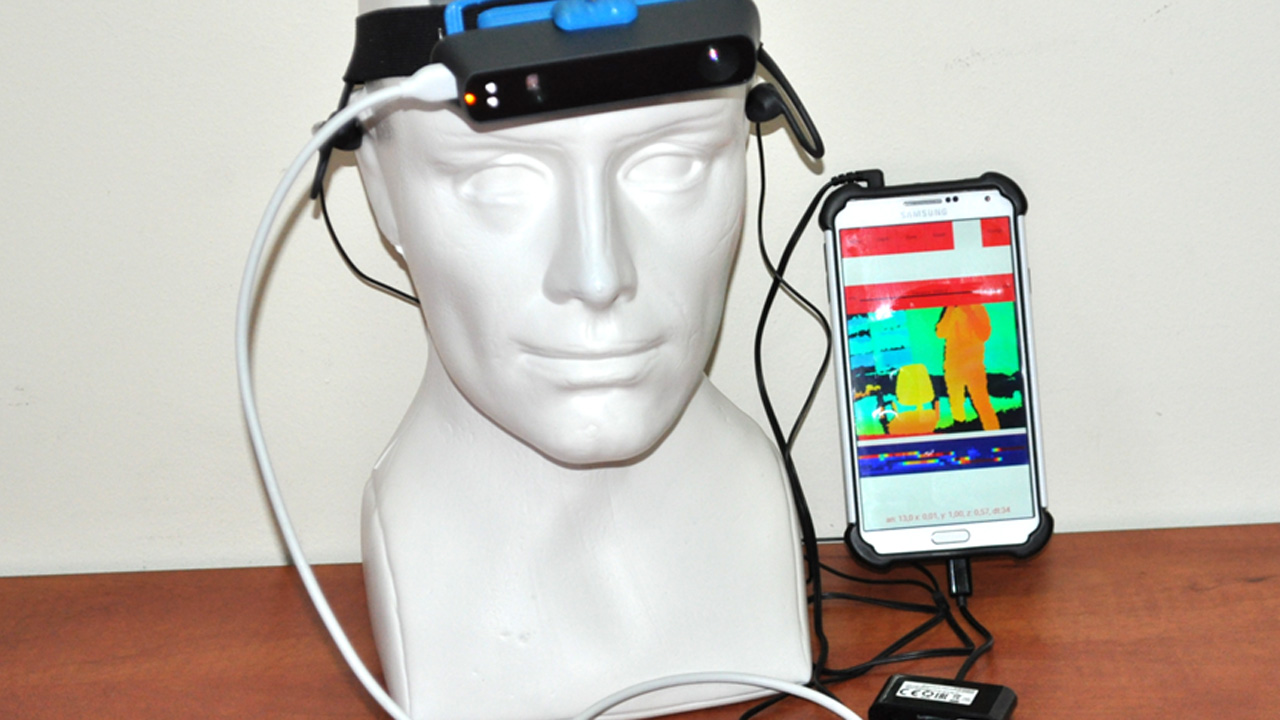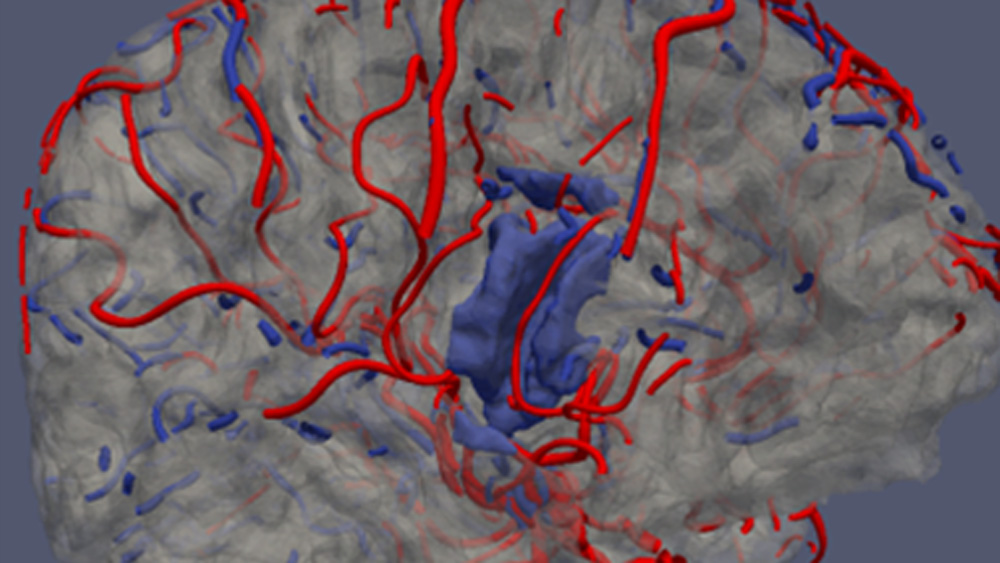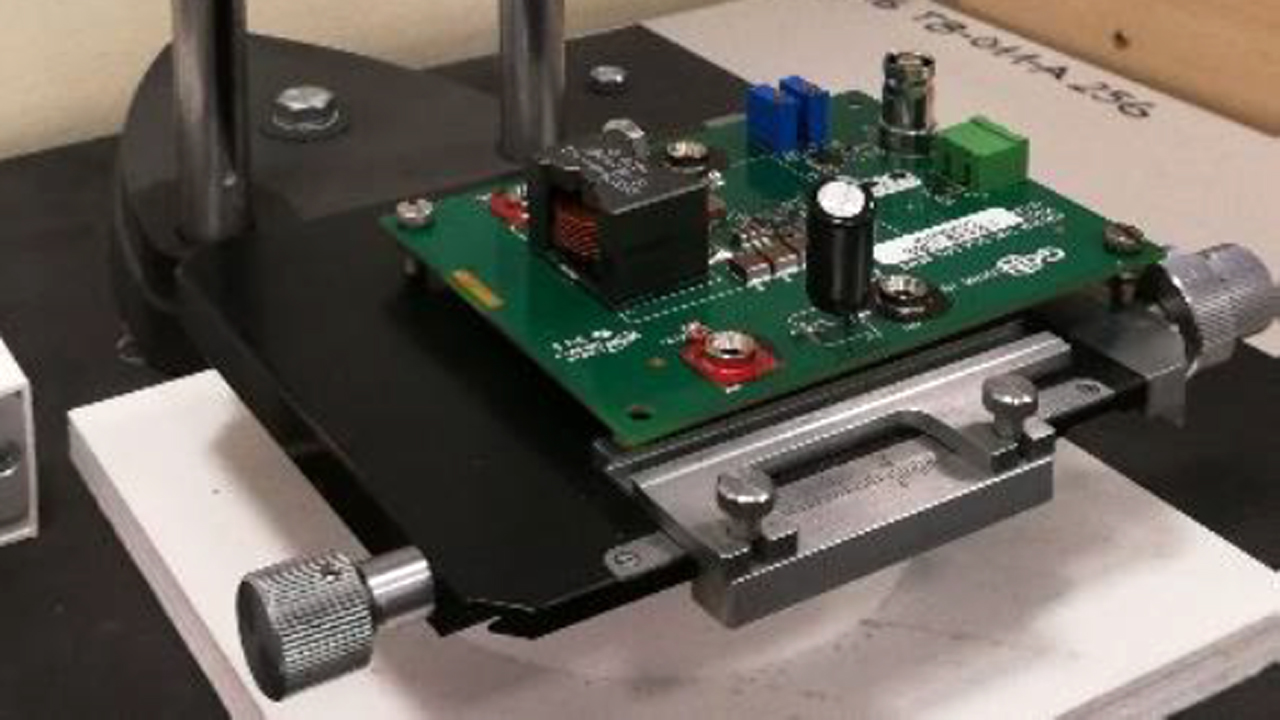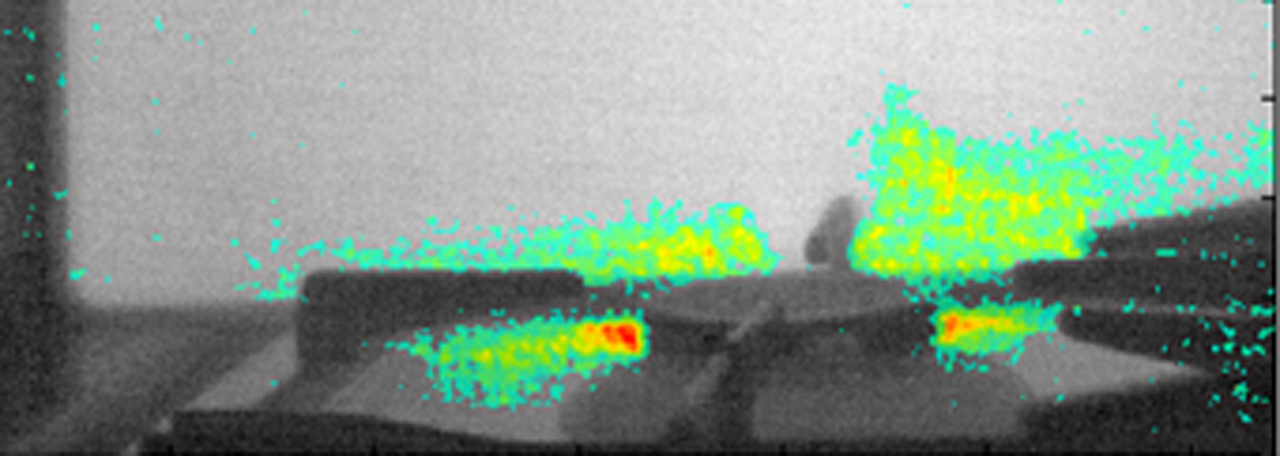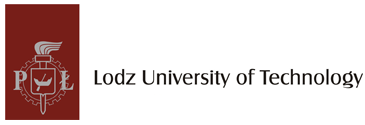Motivation
Medical images recognition involves consideration of multiple factors responsible for their formation. This knowledge is required because image brightness and contrast depend on both a diagnosed organ state, imaging parameters, as well as interaction between tissue and external signals, such as e.g. RF excitation signal. Moreover, in the case of dynamic imaging sequences, such as perfusion imaging, it is the signal temporal variation which is evaluated. This variation depends on clinically important parameters describing the course of biophysical processes at the tissue, organ and the body scale.
Continue Reading
Posted in Biomedical image and signal analysis
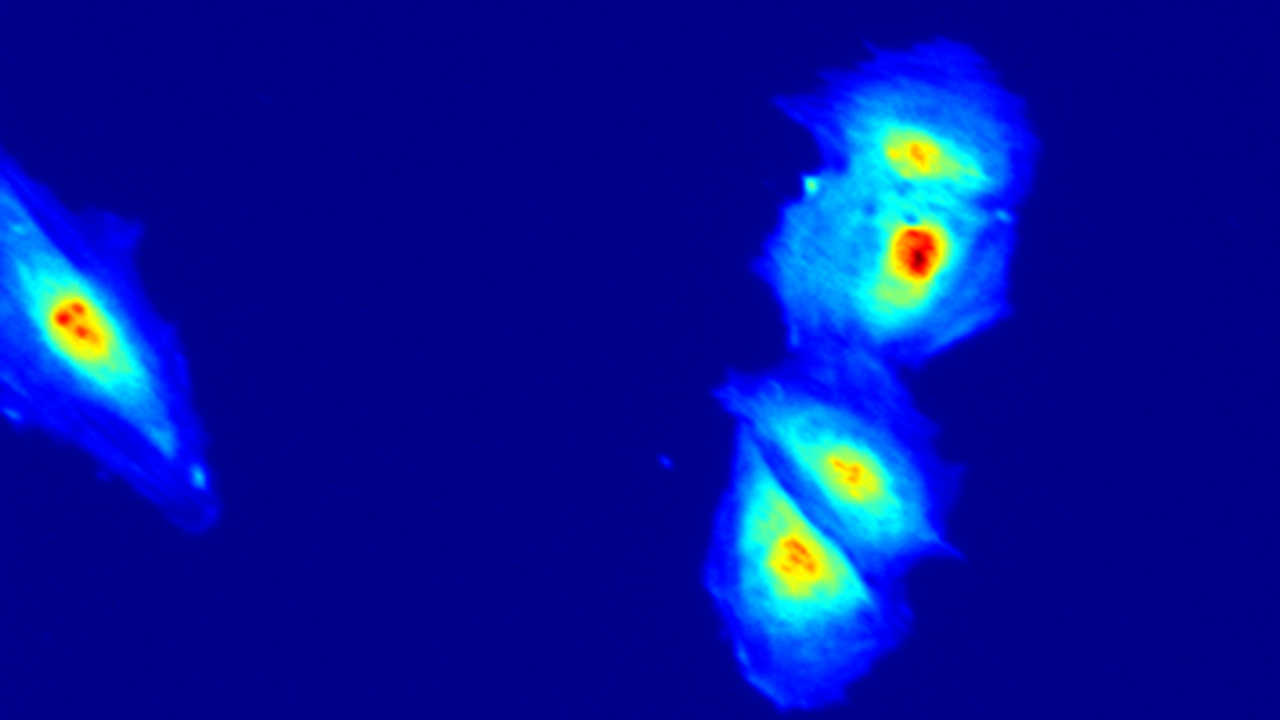
Motivation
Image texture is a rich source of information about the objects visible in the image. This applies especially to biomedical images. Image texture visualized by means of various medical imaging modalities represents the properties of organs and tissues. Texture parameters reflect the physiological properties of such structures. This enables segmentation of organs, detection of lesions and an assessment of pathological changes degree. The significance of texture analysis for aided imaging diagnostics has been demonstrated for all kinds of imaging modalities, including computed tomography (CT), Magnetic Resonance Imaging (MRI), ultrasound (USG) and optical imaging.
Continue Reading
Posted in Biomedical image and signal analysis
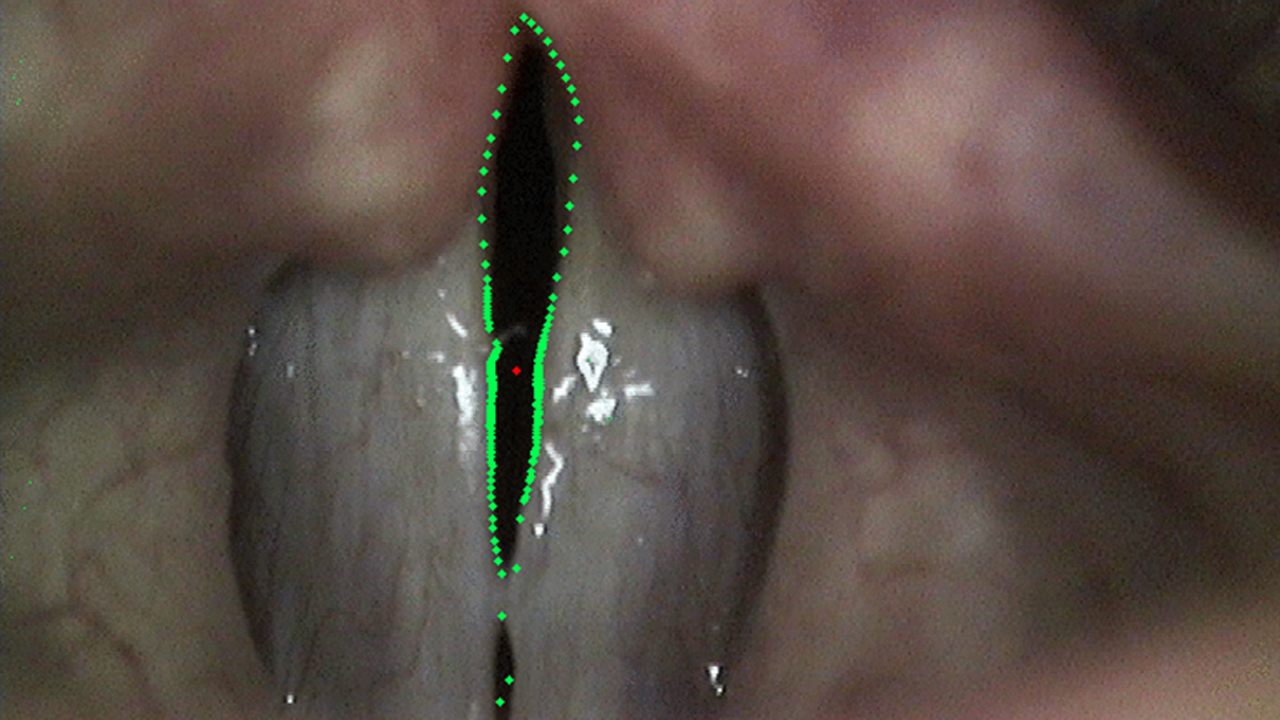
Motivation
Voice is the basic interpersonal communication modality and is of particular importance in such professions as teacher, journalist or conference center employee. Early diagnosis of occupational voice disorders is becoming one of the health priorities. Current international standards emphasize the need for comprehensive voice assessment in phoniatric examinations. In recent years, techniques for recording laryngoscopic images have been developed, including the sequence of images of vocal folds vibrations. Effective methods of computer analysis of such images are being developed. These techniques contribute to the objectification of phoniatric diagnostics.
Continue Reading
